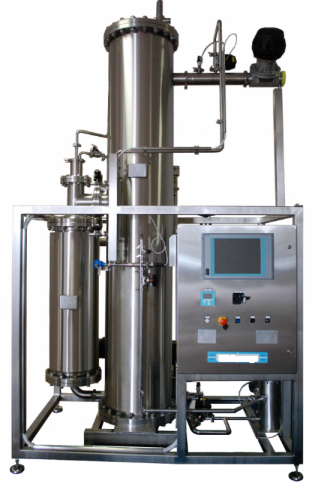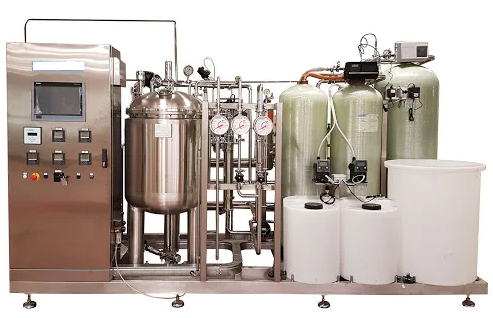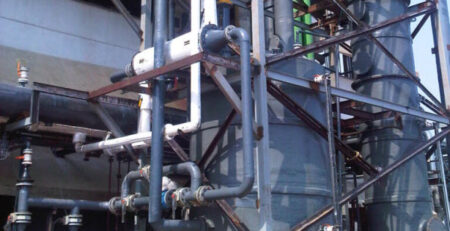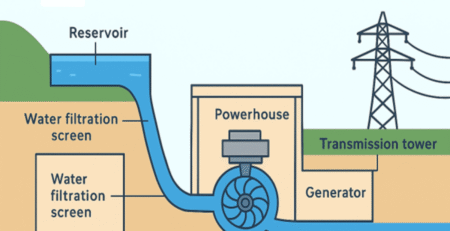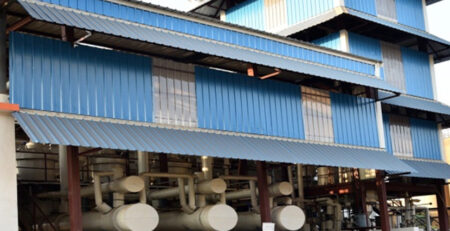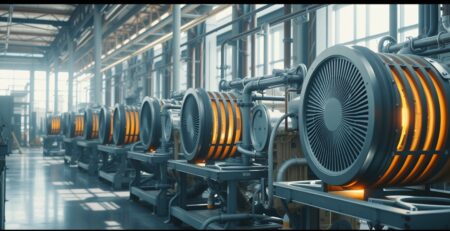Pharma-Grade Water Plant Demand in Pharmaceutical Industry
The pharmaceutical industry uses a wide variety of water. This includes potable water, purified water, highly purified water and water for injection (WFI). Each grade has its own set of microbial issues that must be considered in designing, controlling and producing pharmaceutical-grade water systems.
Water – An Essential Resource for Pharmaceutical Production
Water is a vital resource for pharmaceutical production. It is used to make a variety of products, including liquid formulations for injection. It must be high-quality to prevent contamination and microbial growth, as well as sterile and non-pyrogens.
There are several different ways to produce purified water. One of the most common is distillation, which involves boiling water to separate impurities and vapours. Another process is ion exchange, which uses electricity to remove ions from water. There are also filtration techniques, such as reverse osmosis, which use filters to remove particles and bacteria from water.
It is important to have a consistent source of high-quality water throughout the manufacturing process, as this ensures that the production system can function at optimum performance. It can also reduce the risk of downtime during manufacturing, and increase product quality and safety.
In the case of a water plant, it is imperative to continuously monitor the water quality for compliance with regulatory standards and specifications. This can include sampling points at various stages of the production process and ensuring that the water has not been contaminated, or that it is meeting the specified purity level.
This is particularly important for pharmaceutical manufacturing since a water plant’s failure to meet strict standards could result in contaminated or even recalled products. It is therefore critical to have a quality control system that allows for onsite and remote monitoring of the water supply and production processes and to implement continuous, on-site water quality testing.
These factors are especially relevant to Egypt, where the majority of its water resources come from the Nile River. The country has been relying on the river for millennia to support its agricultural production, but as the population and economy have grown, demand has increased. There are 146 water treatment plants in Egypt.
Several factors have shaped Egypt’s water management in the past, and it is important to understand these changes as we move forward into an increasingly water-strained world. For example, as we look forward to the future, Egypt must balance its needs for agricultural produce at home and exports for foreign markets. This will involve a careful allocation of water resources between farmers, industry, and domestic users while maintaining the necessary environmental flow to sustain a healthy ecosystem. It will also require a robust water pricing system that accounts for the true value of water and is not simply based on cost. Developing a water price system is an extremely difficult task and one that must be undertaken with the support of many stakeholders.
Water Treatment in Pharmaceutical Industry
The pharmaceutical industry is one of the largest polluters of water resources. This is largely due to the large variety of chemicals and technological processes used in the production of medicines, as well as the high demand for a broad range of very pure water that meets strict quality standards and is also safe for consumption and irrigation purposes.
The chemical composition of raw water in many pharmaceutical plants is subject to significant changes during processing to meet the requirements of specific products. Therefore, it is important to monitor the quality of feed water continuously and to ensure it is of consistent quality over time.
As a result, many pharmaceutical manufacturing plants use water-preparation (pre-treatment) processes such as reverse osmosis and distillation to achieve a high purity level of the final product water. However, a significant amount of this reclaimed water can be discharged as waste if it fails to meet the quality requirements.
For several reasons, including the cost of capital investments, the water requirements of the pharmaceutical industry are considerably higher than those of other industries. Moreover, the use of water for industrial purposes in the production of drugs is highly energy-intensive and requires extensive use of heating and cooling systems.
Several wastewater streams arising from pharmaceutical manufacturing processes can be directly reused as valuable materials if the chemical composition of the wastewater is well-constrained and separate collection is ensured. Such wastewater streams include, for example, alkaline water and effluents containing nutrients such as phosphates.

